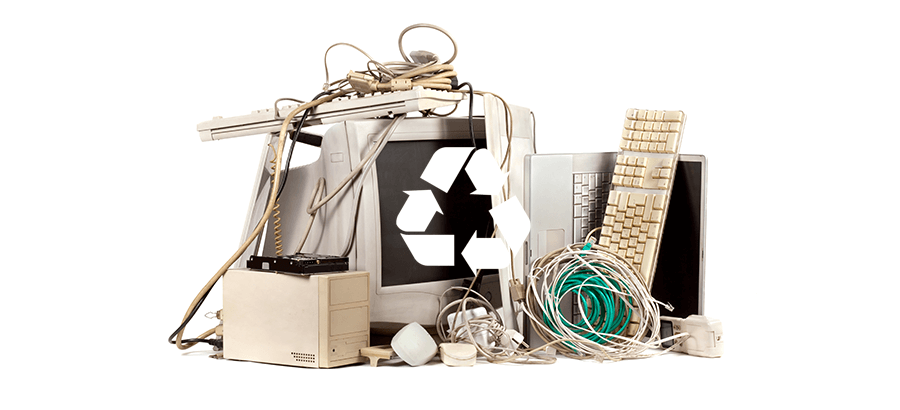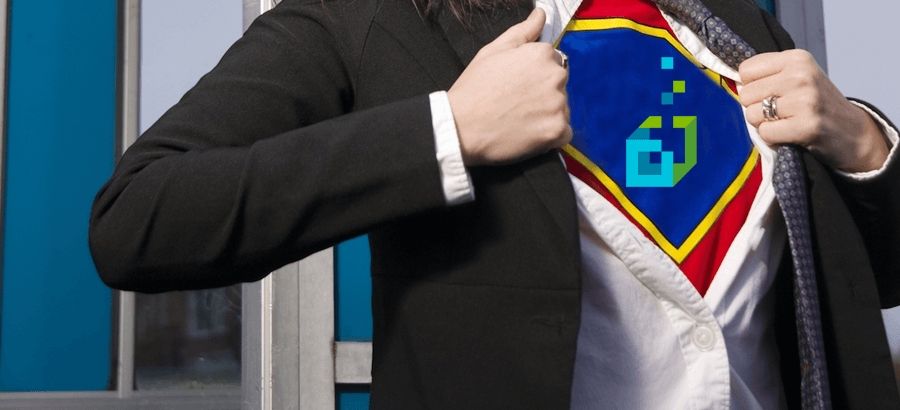Death. It’s guaranteed, the one thing we can’t avoid. Its imminent arrival sparks many emotions, debates, rites and rituals. People spend thousands each year on funeral policies and think up elaborate last wills and testaments to plan for what will happen to them once the grim reaper has paid them a visit.
With so much time, energy and expense invested in what happens after we die, I was wondering if business owners think about what happens to their products that “die”. Do their products need to die at all? We are all familiar with recycling, but this often entails individuals or other companies transforming your product into something else. Why? It is YOUR product after all. Your hard work, your money-maker.
With that, I invite you to become a part of Circular Economy. Circular economy aims to eliminate waste, not only from manufacturing processes, such as lean management, but systematically, throughout the life cycles and uses of products and their components. This is achieved through the design of materials, products, systems, and business models. It moves away from the (unsustainable) linear economy of take–make–dispose, that wastes large amounts of materials, energy, and labor.
The circular economy involves two types of materials: biological materials and technical materials. Biological materials (such as cotton) are usually plant-based and non-toxic and can be returned back to the environment safely. Technical materials (such as a toaster) can be recycled and circulated within the economy with minimal loss of quality. Circular economy means resources can be returned to the supply chain at the “end” of a product’s life. This eases resource scarcity, supply hazards, and price variations. It makes me wonder why companies haven’t always been a part of this.
A great example of circular economy is provided by Markus Zils of McKinsey. He gives examples of a company selling power drills and how to apply circular economy principles. This is achieved through:
- Refurbishment, where refurbished drills are sold at 80 percent of the original price. As an incentive to return drills for refurbishment, customers that do so receive a 10 percent refund of the original price.
- Recycling, customers return drills for recycling that recovers some 80 percent of their materials. Customers that return drills for recycling receive a 5 percent refund on the original price.
- Additional sales, refurbished units are sold to a completely new customer segment, thus expanding the market.
As you can see it goes a step beyond the ‘Cradle-to-Grave’ practice of a company simply taking responsibility for a products disposal, but in essence, gives it new life.
With SYSPRO’s ERP solution you can start moving your business to the circular economy, using capabilities such as:
- integration with computer aided design and manufacturing systems (CAD and CAM) using SYSPRO’s external integration;
- tracking material utilization through Work in Progress, enabling the reduction of inventories and improving the performance on the shop floor;
- Engineering Change Control to control design changes and eliminate the paper trail for changes to product design data;
- variable Bill of Materials routings to allow for re-use and refurbishment.
As a manufacturer, you can now consider the prospect of ‘Cradle-to-Cradle’ for your products, not ‘Cradle-to-Grave’, and it’s not so daunting – unlike death.





